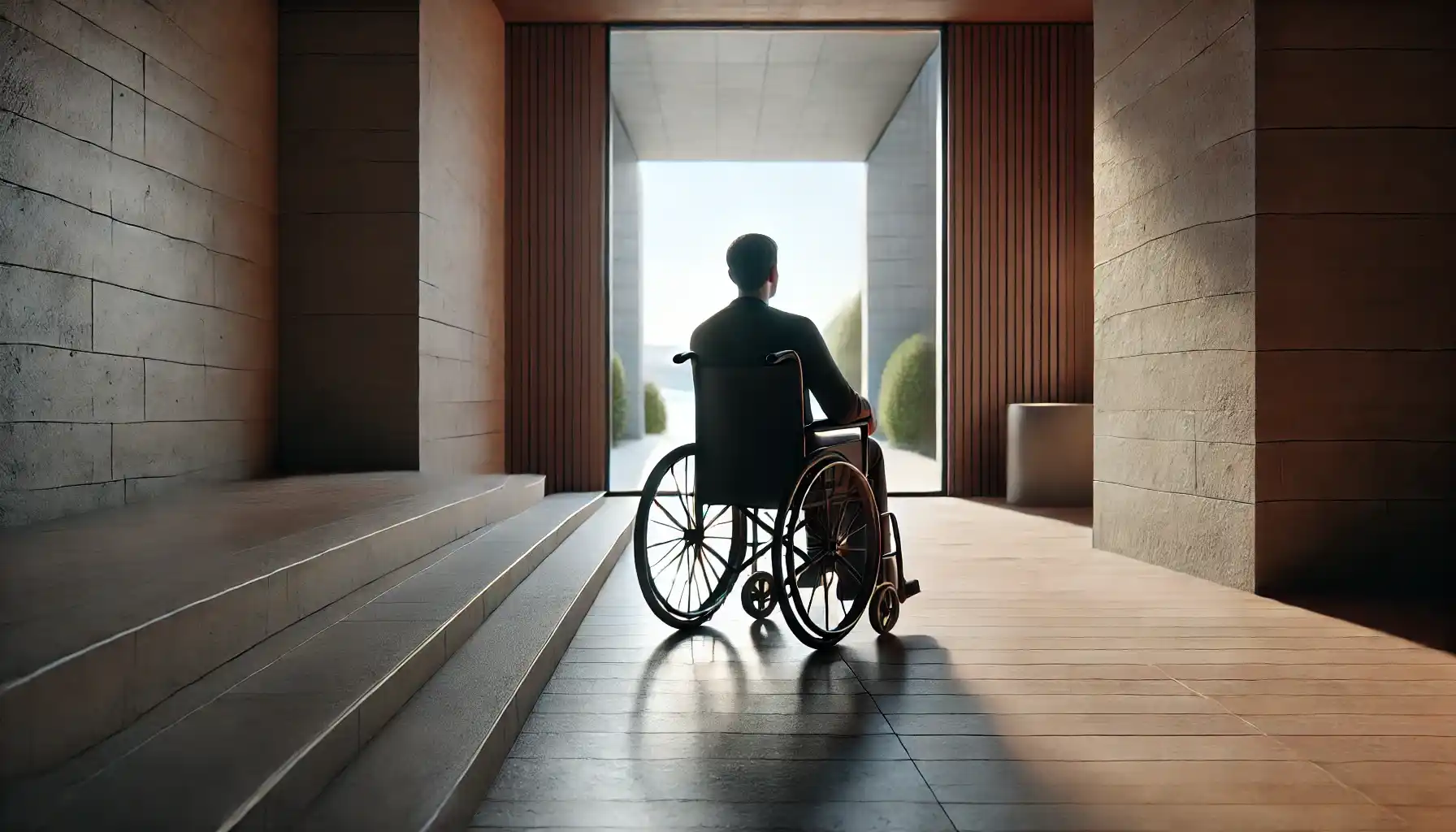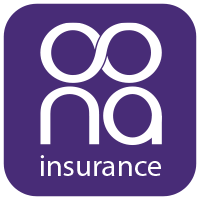What is Stroke Insurance?
Stroke insurance is a specialized form of critical illness insurance that provides financial support if you are diagnosed with a stroke. It is designed to cover expenses related to stroke treatment, recovery, and rehabilitation. By offering a lump-sum payment, stroke insurance alleviates the financial burden that often accompanies medical treatment, hospital stays, medications, and long-term care needs. This financial help allows stroke survivors and their families to focus on recovery without the added stress of managing medical bills and other related expenses.
Many insurance providers, including Oona Insurance, offer stroke insurance policies with comprehensive benefits. These policies provide peace of mind by ensuring that you are financially protected in the event of a stroke. As stroke incidences continue to rise globally and in the Philippines, stroke insurance has become an increasingly important consideration for individuals looking to secure their future health care needs.
What is Covered by Stroke Insurance?
The coverage provided by stroke insurance typically includes a variety of medical and non-medical expenses that are essential for stroke survivors. Below is an overview of some common coverage areas that stroke insurance policies may offer:
Hospitalization Expenses: Stroke treatment often requires hospitalization, and insurance can cover the cost of hospital room charges, surgeries, and other medical services related to stroke care. These expenses can quickly add up, but stroke insurance can alleviate the financial strain.
Diagnostic Tests: Diagnostic procedures like MRI, CT scans, blood tests, and other essential diagnostic tools are critical for the proper diagnosis and management of a stroke. Stroke insurance often covers these diagnostic expenses, which are typically required during both the acute phase of the stroke and during follow-up care.
Medications: Managing stroke symptoms and preventing complications requires prescription medications, some of which can be expensive. Stroke insurance can help cover the cost of medications prescribed by healthcare providers, ensuring that patients have access to the drugs they need for recovery.
Rehabilitation Therapies: Physical therapy, occupational therapy, and speech therapy are crucial for stroke survivors as they work to regain their independence and improve functionality. The lump-sum payout provided by stroke insurance can be used to cover the cost of these essential rehabilitation services.
Follow-up Care: Stroke survivors often require ongoing medical monitoring and consultations with healthcare providers to track their recovery progress. Stroke insurance can help cover follow-up visits, including consultations and routine check-ups, ensuring that stroke survivors receive the care they need after the initial hospitalization.
Home Modifications: After a stroke, many patients experience mobility issues that require home adaptations such as wheelchair ramps, grab bars, or widened doorways. Stroke insurance can provide financial assistance for making these necessary modifications, allowing stroke survivors to live more comfortably and safely at home.
Long-term Care Services: For some stroke survivors, long-term care services may be necessary, whether in a nursing home or through in-home care services. Stroke insurance may cover the cost of long-term care for individuals who require assistance with daily living activities such as bathing, dressing, or eating.
By offering coverage for these various expenses, stroke insurance serves as a financial safety net, helping to cover both the immediate and long-term costs associated with stroke recovery.
What is Not Covered by Stroke Insurance?
While stroke insurance provides a broad range of benefits, there are certain exclusions and limitations to be aware of. Understanding these exclusions will help you select a policy that best meets your needs and avoid any unexpected surprises. Common exclusions in stroke insurance policies include:
Pre-existing Conditions: Some policies do not cover costs related to pre-existing conditions that were diagnosed before the start of the policy. This means that if you had a pre-existing medical condition linked to stroke risk, such as high blood pressure, diabetes, or a previous stroke, those conditions may not be covered under your stroke insurance policy.
Certain Types of Strokes: Some policies may exclude coverage for certain types of strokes, such as transient ischemic attacks (TIAs), which are commonly referred to as "mini-strokes." TIAs typically resolve quickly and do not cause permanent damage, which may exclude them from coverage under some policies. Be sure to check your policy to see if these types of strokes are included.
Non-Medical Expenses: While stroke insurance covers medical expenses, some non-medical costs may not be included. These could include travel expenses for receiving treatment, alternative therapies that are not medically necessary, or cosmetic treatments that may be desired following a stroke but are not considered essential to recovery.
Excessive Delays in Filing Claims: Insurance providers often have a set timeframe within which you must file a claim. If you delay in notifying your insurance provider or filing the claim, you may not be eligible for benefits. Always be aware of the policy’s claim filing requirements.
Knowing what is excluded from your stroke insurance policy can prevent misunderstandings and help ensure you are adequately covered for the risks that matter most to you.
How Long is the Waiting Period?
Most stroke insurance policies come with a waiting period, which is the time you must wait after purchasing the policy before the coverage takes effect. This waiting period varies depending on the insurer and the specific terms of the policy, but it typically ranges from 30 to 90 days. During this time, if you experience a stroke, you may not be eligible for benefits.
The waiting period is designed to prevent individuals from purchasing insurance after they have already been diagnosed with a stroke or another medical condition. It is essential to carefully read the policy documents to understand the exact waiting period and ensure that you have coverage when you need it.
How Much is the Premium?
The premium for stroke insurance varies based on several factors, including your age, overall health, coverage amount, and the policy terms. Generally, younger and healthier individuals will pay lower premiums compared to those who are older or have pre-existing health conditions. The cost of stroke insurance can also vary depending on the insurer and the specific benefits offered.
When comparing premiums, it is important to look not only at the cost but also at the coverage provided. A lower premium may seem attractive, but it may come with limited benefits or higher out-of-pocket costs. By carefully comparing quotes from different insurers, you can find a policy that offers the best balance of affordability and comprehensive coverage.
When Should I Get Stroke Insurance?
The ideal time to purchase stroke insurance is as early as possible, especially while you are still young and healthy. By securing coverage early, you can take advantage of lower premiums and have peace of mind knowing that you are protected in the event of a stroke.
Strokes can occur at any age, though the risk increases with age. Waiting too long to purchase stroke insurance can result in higher premiums or difficulty obtaining coverage due to health issues. In some cases, insurers may deny coverage altogether if you wait until after you have experienced a stroke or been diagnosed with a condition that increases your stroke risk.
It is also important to consider the age limits set by insurers for purchasing stroke insurance. Most insurers offer stroke insurance to individuals between the ages of 18 and 65. If you wait until you are older, you may find that you are no longer eligible for coverage, so it is crucial to enroll in a policy before reaching the maximum age limit.
Is a Medical Examination Required?
Whether a medical examination is required for stroke insurance depends on the insurer and the specific policy. Some insurers require a medical exam as part of the application process to assess your current health status and determine your risk level for stroke. This exam may involve checking your blood pressure, cholesterol levels, and other health indicators that are linked to stroke risk.
Other insurers offer no-exam policies, where you simply answer a series of health-related questions instead of undergoing a full medical examination. While no-exam policies may be more convenient, they often come with higher premiums or lower coverage limits due to the lack of a detailed health assessment.
It is important to review the requirements of each policy and decide whether you are comfortable with undergoing a medical examination or prefer a no-exam policy. In either case, be prepared to provide information about your medical history and any risk factors for stroke during the application process.
Why Stroke Insurance is Important in the Philippines
In the Philippines, strokes are one of the leading causes of death and disability. The country’s aging population, combined with rising rates of lifestyle-related conditions such as hypertension, diabetes, and obesity, has contributed to an increased risk of stroke among Filipinos. As the incidence of strokes continues to rise, so does the need for affordable and comprehensive stroke insurance coverage.
Medical treatment for strokes can be expensive in the Philippines, and many families struggle to afford the cost of hospitalization, rehabilitation, and long-term care. Without insurance, stroke survivors and their families may be forced to pay out-of-pocket for treatment, which can lead to financial hardship and delays in receiving care.
Stroke insurance provides a solution to these financial challenges by offering a lump-sum payout that can be used to cover medical expenses, rehabilitation services, and other costs associated with stroke recovery. This financial support is especially important for individuals who may not have access to other forms of insurance or savings to cover the high cost of stroke care.
By purchasing stroke insurance, individuals in the Philippines can ensure that they are protected against the financial risks associated with stroke, allowing them to focus on their recovery without worrying about the cost of treatment.
Oona Insurance: A Trusted Partner for Stroke Insurance
When it comes to choosing the right stroke insurance policy, Oona Insurance stands out as a trusted provider of comprehensive coverage. Oona Insurance offers policies that are specifically designed to meet the needs of individuals at risk for stroke, providing financial protection for a wide range of medical and non-medical expenses.
Oona Insurance’s stroke insurance policies offer a lump-sum payout that can be used to cover hospitalization, diagnostic tests, medications, rehabilitation therapies, home modifications, and long-term care services. With flexible coverage options and competitive premiums, Oona Insurance makes it easy to find a policy that fits your budget and provides the protection you need.
One of the key benefits of Oona Insurance’s stroke insurance is the no-exam application process, which allows individuals to get coverage quickly and easily without the need for a medical examination. By answering just four simple questions, you can receive an instant quote and secure coverage without the hassle of a lengthy application process.
In addition to stroke insurance, Oona Insurance offers a variety of other insurance products, including life insurance, health insurance, and accident insurance. By partnering with Oona Insurance, you can rest assured that you are getting the financial protection you need from a company that is committed to your health and well-being.
Conclusion
Stroke insurance is an essential part of any comprehensive health care plan, providing crucial financial protection in the event of a stroke. With the rising incidence of strokes in the Philippines and the high cost of medical treatment, having stroke insurance ensures that you and your family are prepared for the financial challenges that may arise during stroke recovery.
By purchasing stroke insurance early, while premiums are still affordable, you can secure your future and protect your loved ones from the financial burden of stroke-related expenses. Whether you are concerned about covering medical bills, rehabilitation services, or long-term care, stroke insurance provides the peace of mind that comes with knowing you are covered.
Choose Oona Insurance for your stroke insurance coverage and take the first step toward securing your health and financial future. With Oona’s comprehensive coverage, no-exam application process, and competitive premiums, getting the protection you need has never been easier. Answer four simple questions to get your instant free quote today and enjoy the peace of mind that comes with being prepared for whatever the future may hold.





















